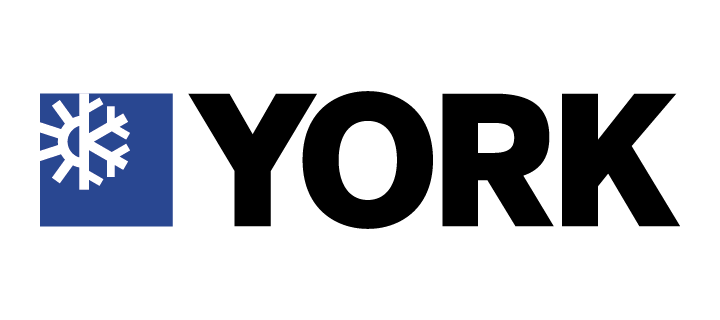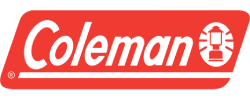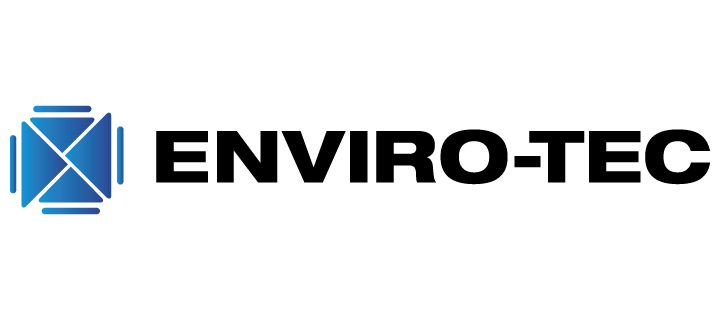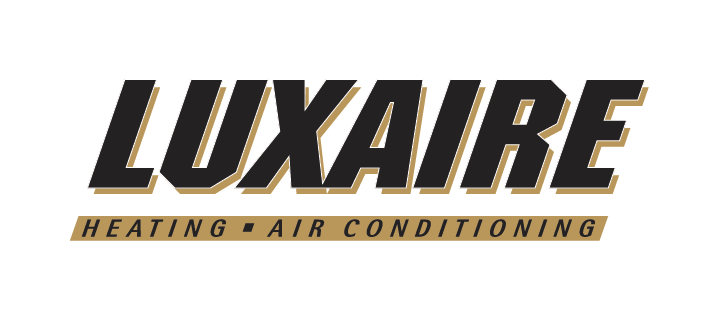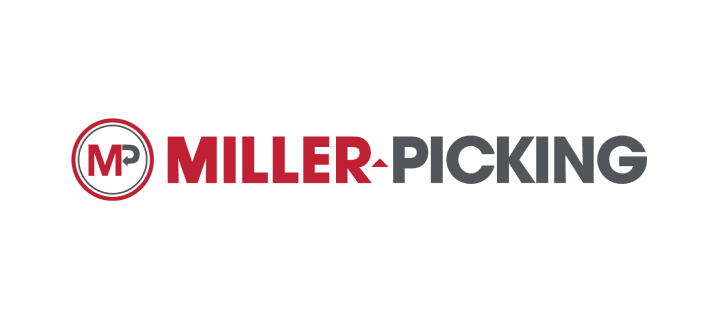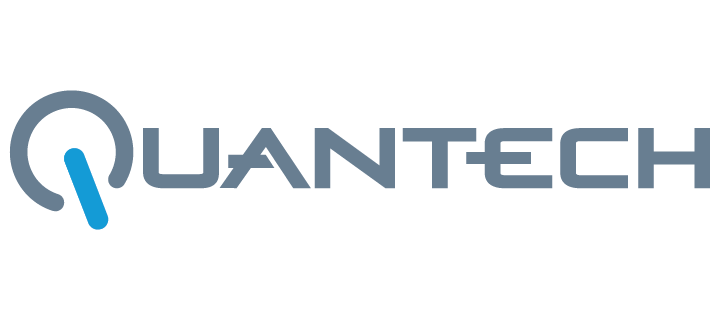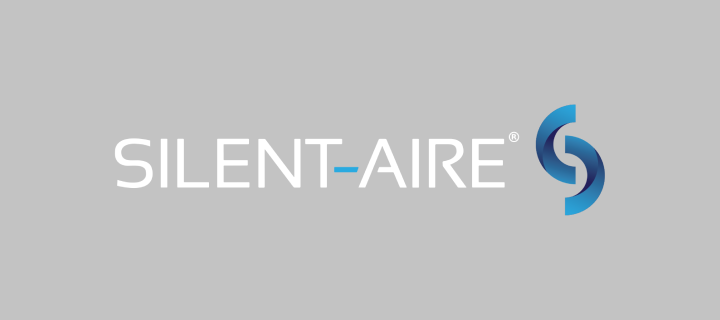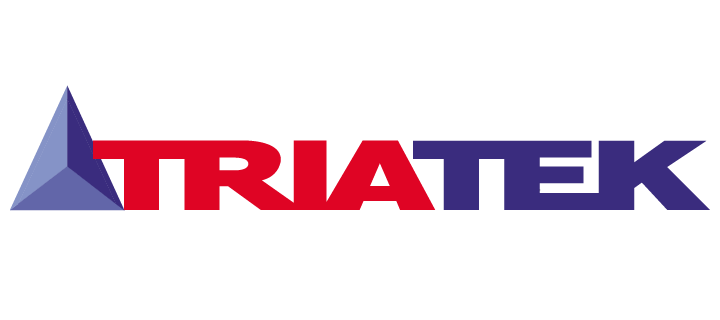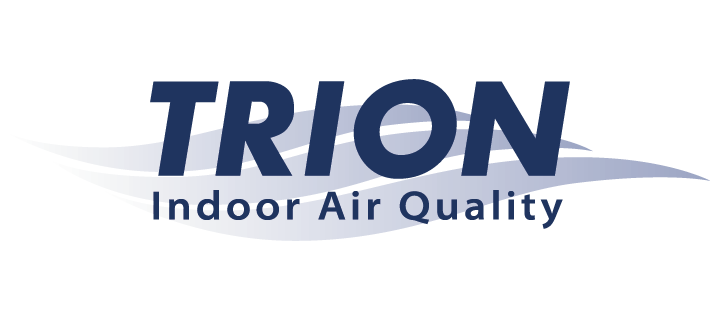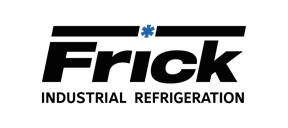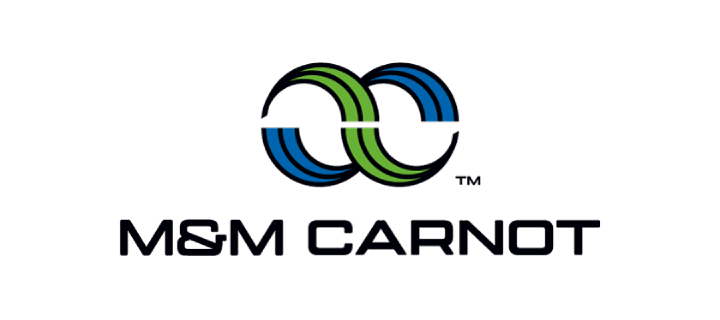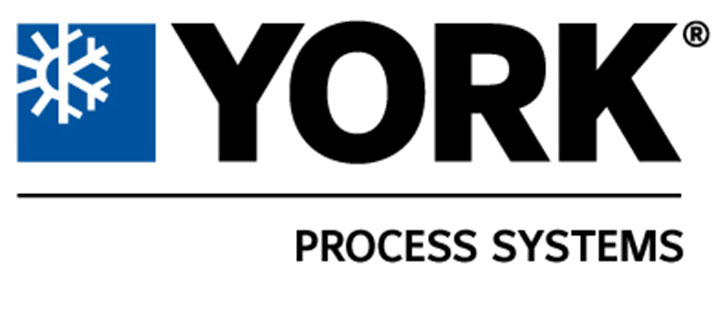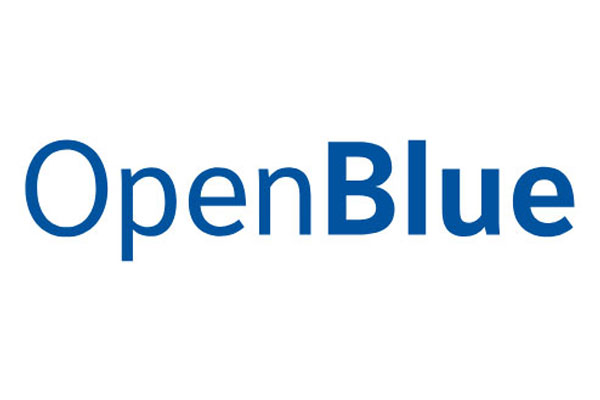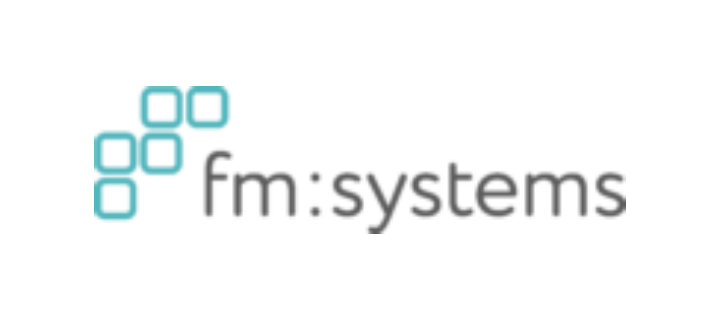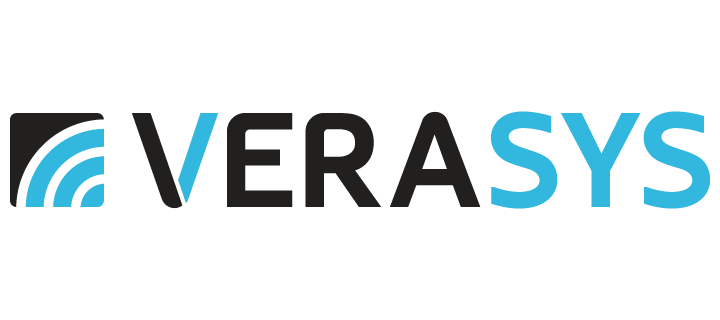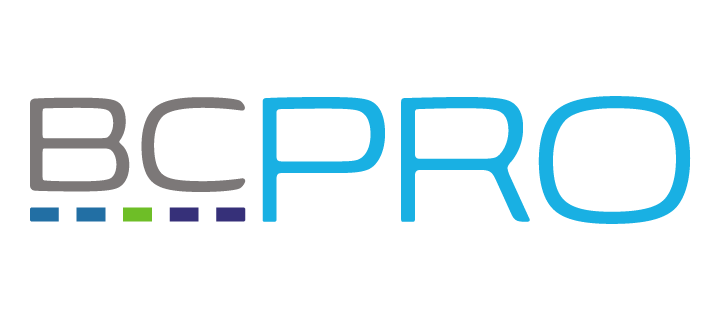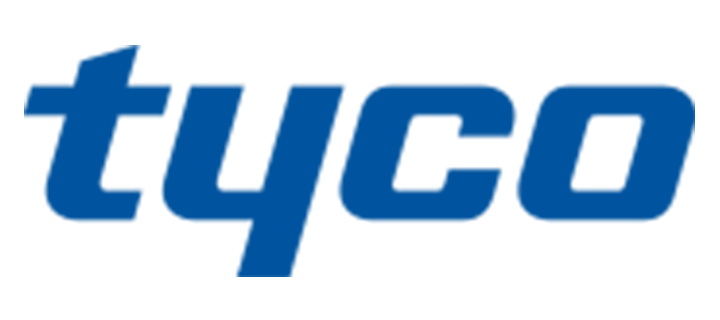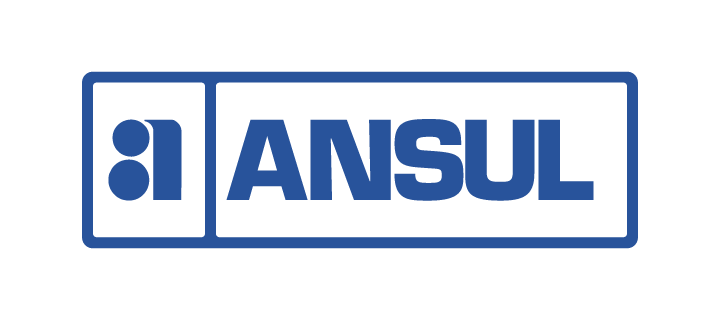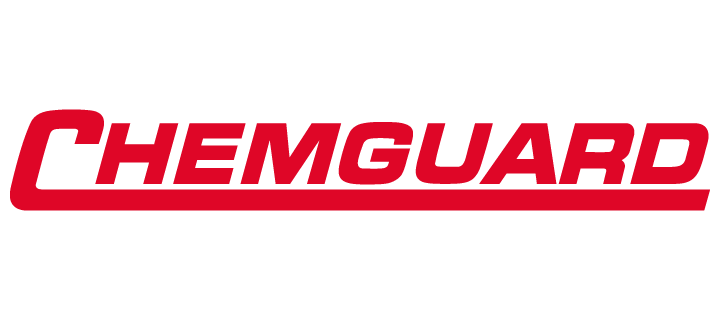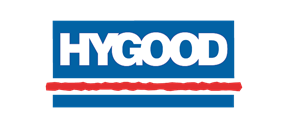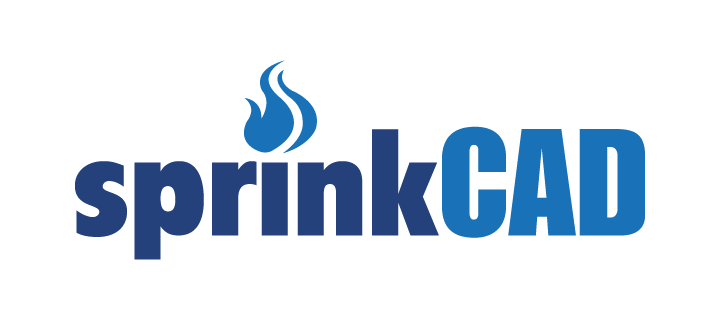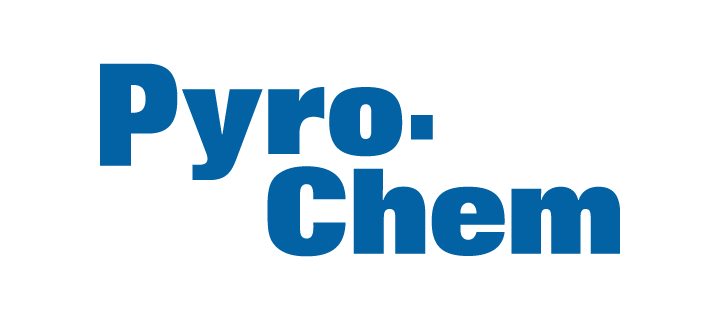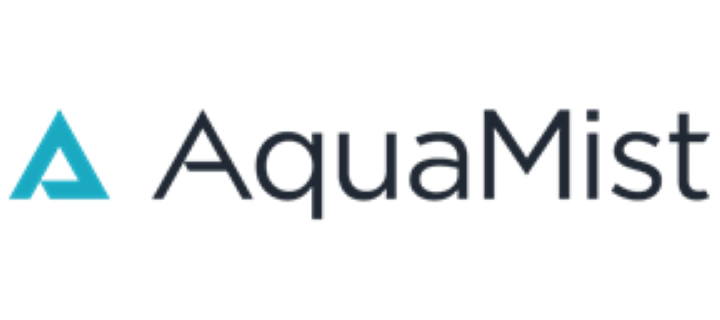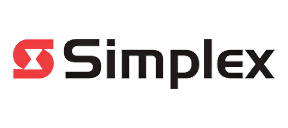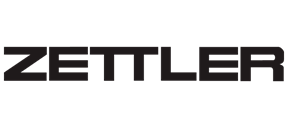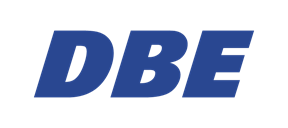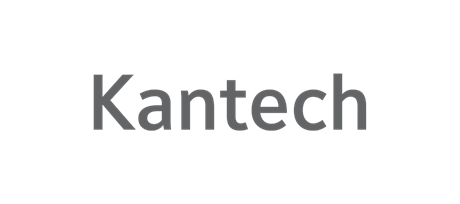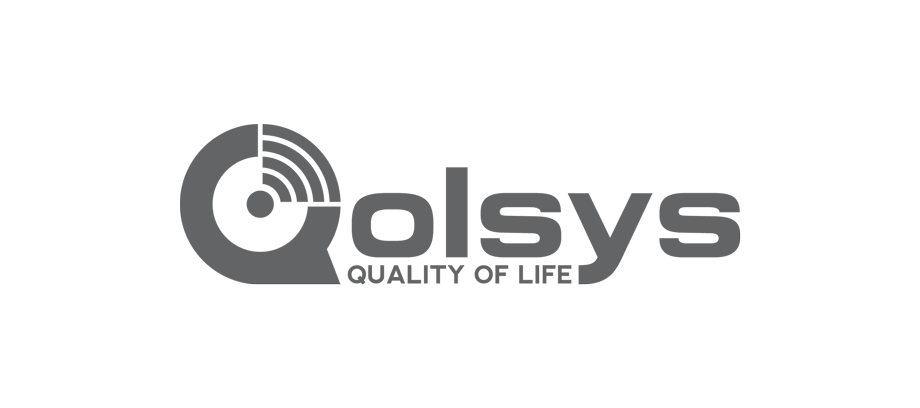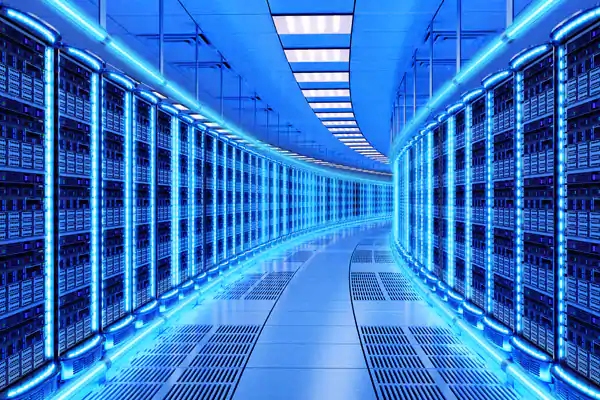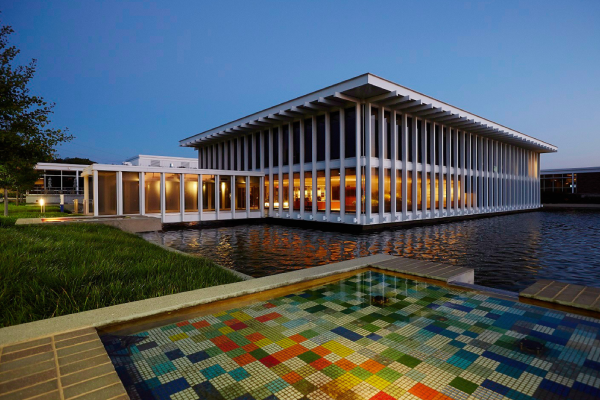- Johnson Controls
- Insights
- The truly smart building has been expecting you
Welcome. The truly smart building has been expecting you.
About 67% of facilities management decision makers are seeing more ROI from IoT than expected.

By Hima Mukkamala, CEO of Pelion
Guest blog for Johnson Controls
Hima Mukkamala CEO, PelionOver 72% of decision-makers in the facilities management sector see the IoT as one of the most important parts of their digital transformation strategies*- placing more faith in the IoT than all other sectors surveyed. But with the appetite for truly smart spaces comes complexity and risk.
The built environment has never had it tougher. First buildings lay dormant; now, they are under increasing pressure to deliver a greater return on investment (ROI) and protect returning occupants in a post-pandemic market where supply outweighs demand. It’s placing a strain on decision-makers to keep tenants’ environments safe, comfortable, and efficient. Those turning to the Internet of Things (IoT) for answers certainly see results, with 67% of facilities management decision-makers seeing a more significant ROI than they expected*.
Organizations realize the benefit and develop ever more elaborate solutions based on combining and managing various sensor inputs and database outputs. The sum of these disparate inputs and outputs is greater than the whole. Those who are further along the maturity curve are finding that combining different data types. i.e., temperature, weather forecasts, and historical occupancy data sourced from the access control system offers far richer insights that contribute to an efficient and comfortable workspace.
They are also learning that there’s a third and final step in the journey to actualizing maximum return on IoT. Gartner found that, in 2018, just 10% of all data was processed at the edge, but by 2025 it expects that figure to rise to 75% as companies look to overcome issues with bandwidth, latency, and storage costs. This third stage – the ‘Combined edge’ takes inputs from an even broader and diverse range of sensor types and makes decisions at the point where the data is captured, rather than relaying it across the network.
Over 72% of decision-makers in the facilities management sector see the IoT as one of the most important parts of their digital transformation strategies*- placing more faith in the IoT than all other sectors surveyed. But with the appetite for truly smart spaces comes complexity and risk.
But realizing scalable digital transformation is not a simple task
Devices are exploding, both in terms of the number deployed and their diversity, monitoring everything from temperature to air quality and present a growing target for criminal activity. Previously standalone networks, each with their own method of communicating, now have to integrate with systems that they were never designed for. And this landscape remains complicated in post-deployment as devices and systems that were initially standalone receive updates that could compromise system interoperability throughout their prolonged life cycle. They’re all considerations that stand in the way of a company like Johnson Controls (JCI) who wants to focus on the value that they bring to their customers.
Those longer life cycles will become an increasingly important factor as a building’s operational life extends and is managed by an assortment of systems that are introduced over the years. Solutions like JCI’s OpenBlue are a significant step toward attaining a truly smart building that can help drive business goals by creating an updatable healthy, low-energy environment that can manage, heal and secure itself. But, for reasons we’ve already mentioned, it’s not a journey to be taken alone.
Playing to your strengths
Johnson Controls realized that, just as an IoT deployment relies on an array of inputs, the solution required a partner who could help them unite a range of technologies, instil security and streamline the complexity of deploying these systems at scale. This approach allowed them to focus on what they do best- deliver solutions like social distancing monitoring, energy reduction, plus space optimization, allowing facilities managers to reduce operating costs, increase productivity, and enhance revenue opportunities through connected solutions. This is done by offering a broad range of area-specific smart hubs (running machine learning (ML) algorithms) to gather and aggregate data across the device network and apply artificial intelligence (AI) models to interpret the data and deliver better insights for operators.
Johnson Controls can lean on a century of experience to interpret this data to meet the previously contradictory needs of efficiency, health, and safety. But with complexity and security threats that grow with every network type and device that’s deployed, they needed a solid foundation that would allow them to scale securely and avoid a patchwork of legacy management platforms. These systems could be at different stages in their life cycle, relay to a mix of on-premises and cloud storage over a range of connectivity options. It’s why they looked for a partner who had the flexibility and experience to cover an existing technology stack but a vertical-specific understanding of the built environment’s challenges.
Johnson Controls’ partnership with Pelion will remove the barriers to truly smart AI-powered buildings by leveraging Pelion’s connected device platform. Pelion’s platform provides the tools manage a device estate securely, simplifies the onboarding process for all building systems, and offers a public key infrastructure (PKI) for secure and straightforward integration between existing systems. Why should this matter to building owners? Firstly, flexibility and reduced complexity means that any device can be onboarded and relay data to any device, reducing a building operator’s risk of lock-in, while the world-class PKI offers a bedrock of trust that OpenBlue technology can build upon. It’s being delivered through collaboration and Pelion’s team of connected device and network experts who represent the missing piece in a jigsaw that complements Johnson Controls’ in-house knowledge. It’s that domain-expertise that has allowed Johnson Controls the bandwidth to focus on what they do best- accelerating technical innovation in the built environment, delivering a truly smart environment through partnership.
Hima Mukkamala is CEO of Pelion. Click here to find out more about their Connected Device Platform and here to find out more about what OpenBlue can do for your digital transformation.
*Economist Intelligence Unit IoT Index
Related Items
OpenBlue
Applying data from both inside buildings and beyond, our customers can now manage operations systemically.
OpenBlue Healthy Buildings
Johnson Controls Healthy Buildings generate returns while creating healthy, sustainable environments that drive occupant well-being.

